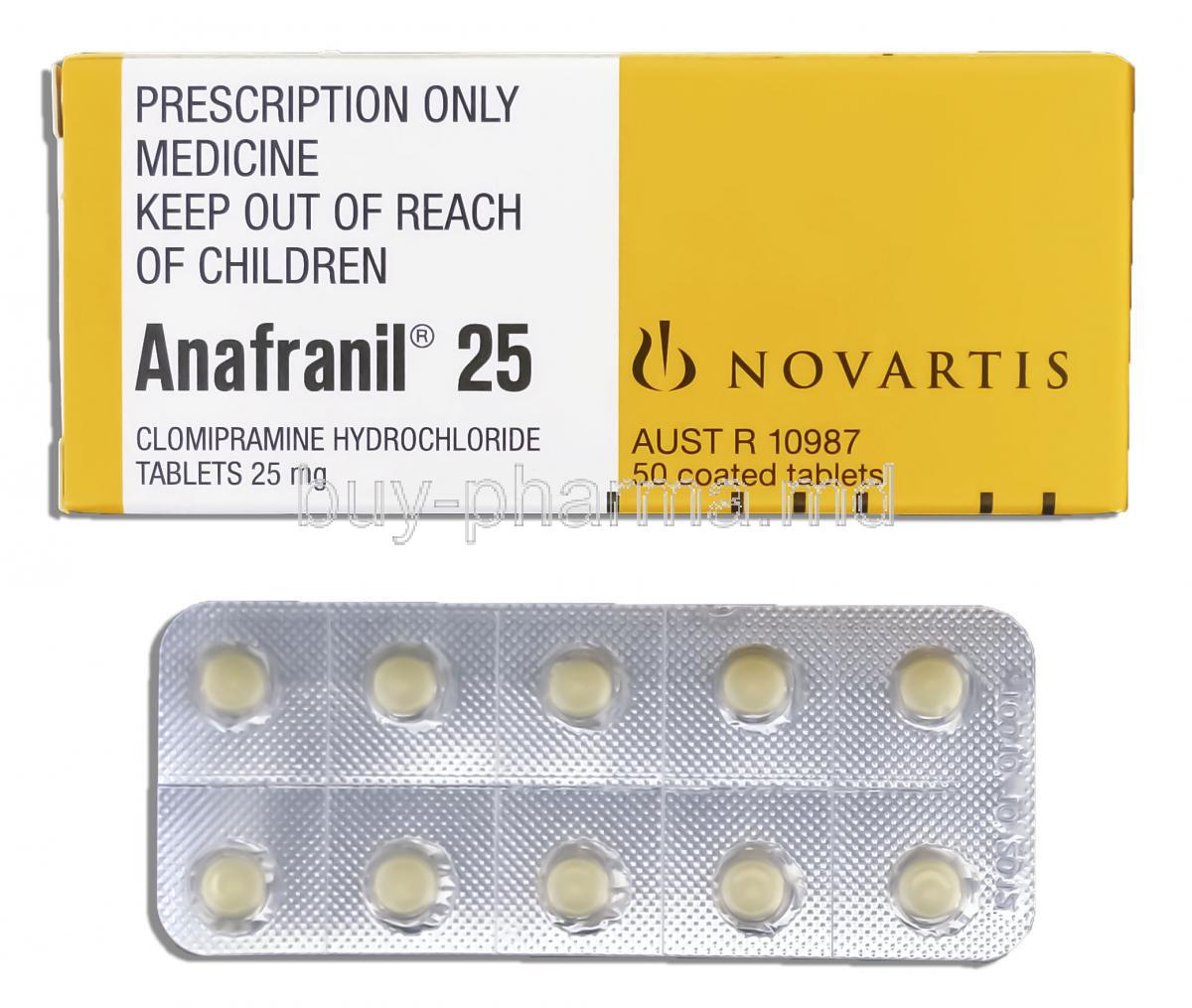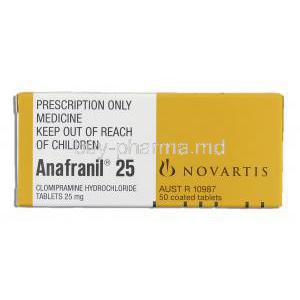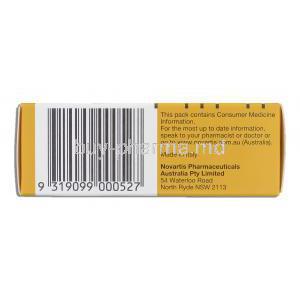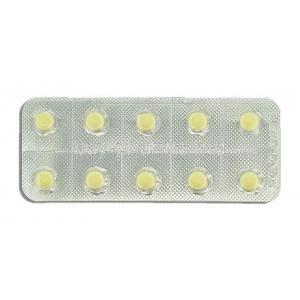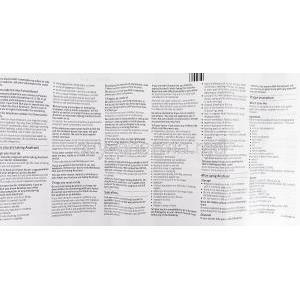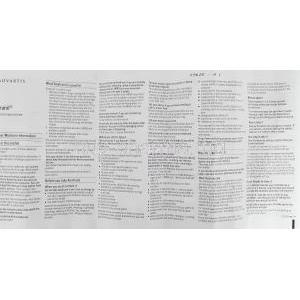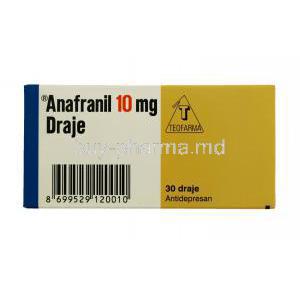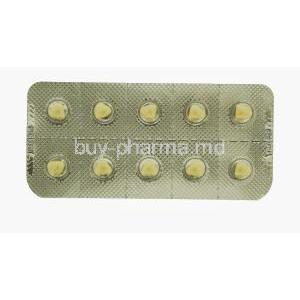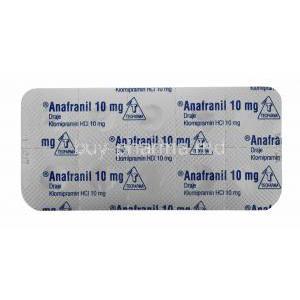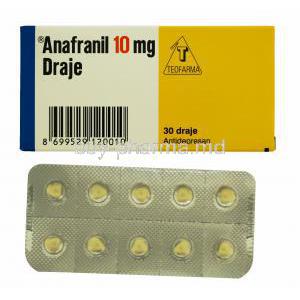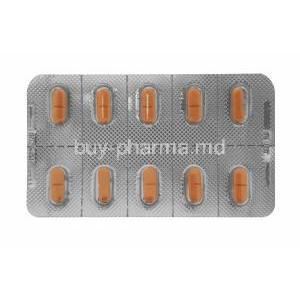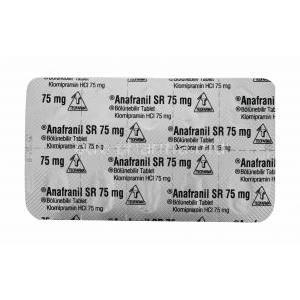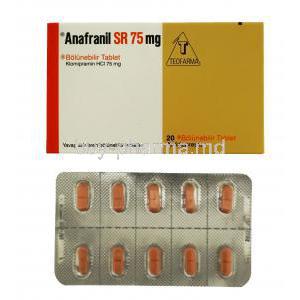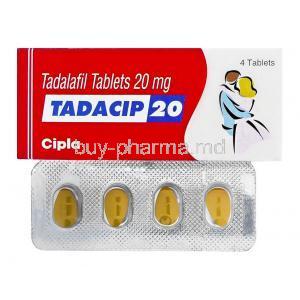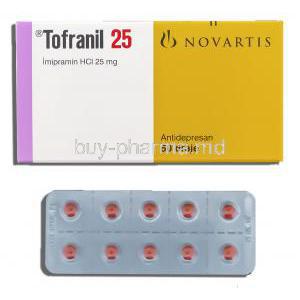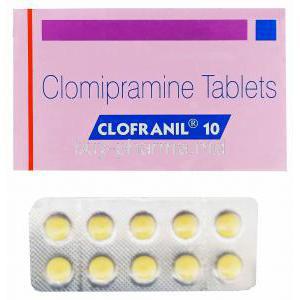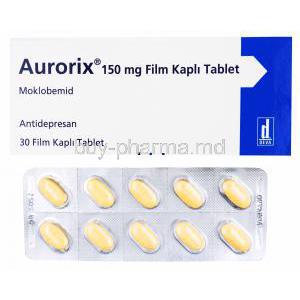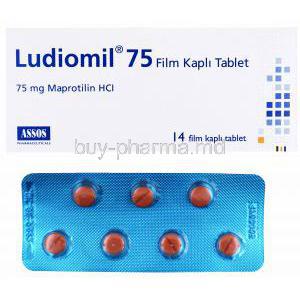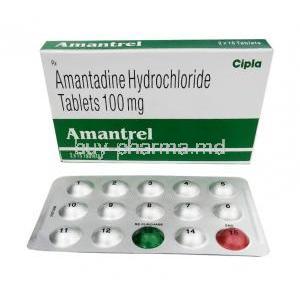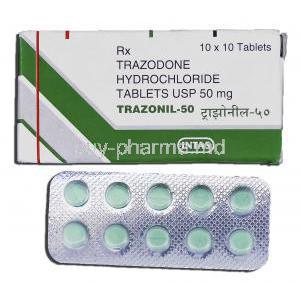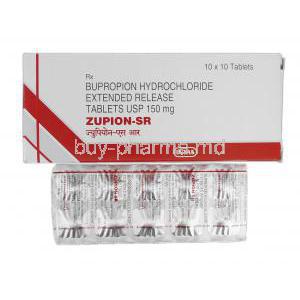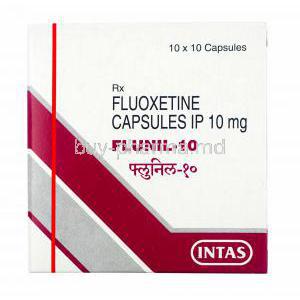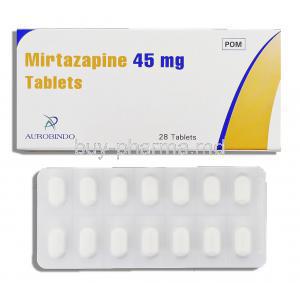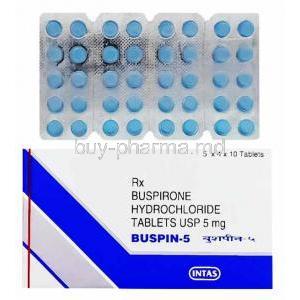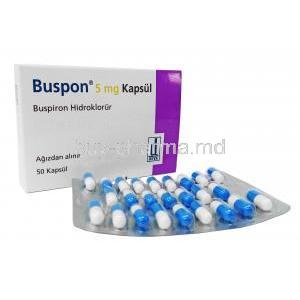Anafranil
- Introduction
- How it Works
- Dosage and Administration
- Uses
- Mechanism of action
- Duration of treatment for common indications
- Off-Label Use
- Clinical studies supporting off-label use
- Ethical considerations
- Composition
- Storage
- Interaction
- Warning and Contraindication
- Careful Administration and Important Precautions
- Administration to Special Populations
- Side Effects
- Common Side Effects
- Overdosage
- Handling Precautions
Introduction
What is Anafranil?
Anafranil, which is the name for clomipramine, is a type of medication used to treat depression. It falls under the category of antidepressants and is commonly prescribed to individuals who are diagnosed with obsessive-compulsive disorder (OCD). Apart from its effectiveness in addressing OCD symptoms, it has also been found to be helpful in managing neuropsychiatric conditions.
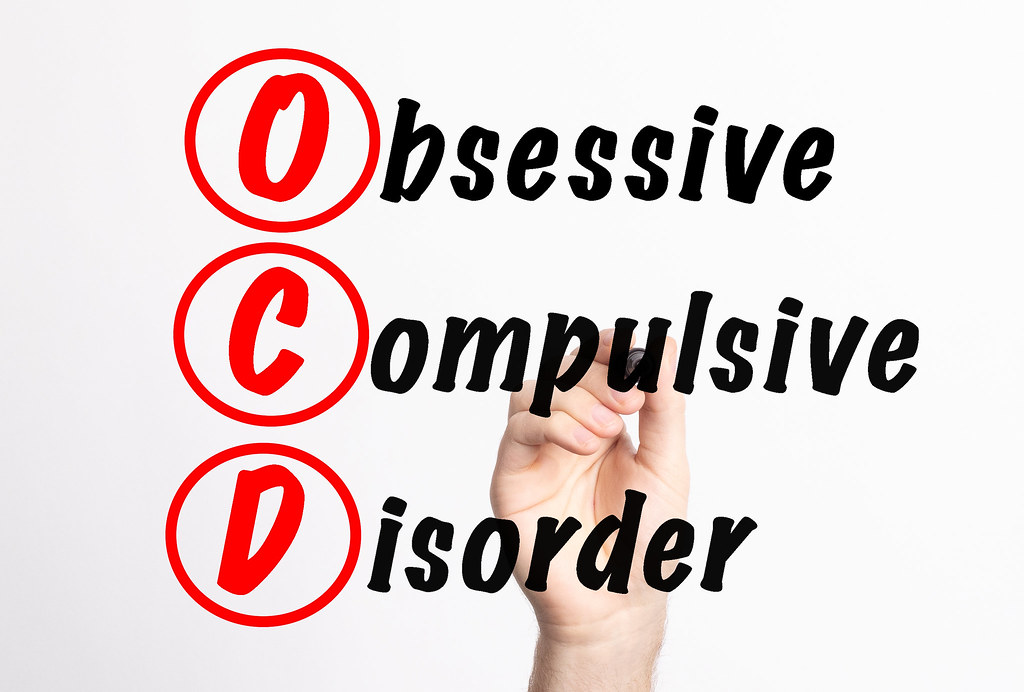
A brief overview of its development and approval.
This reveals that Anafranil's journey began in the 1960s. It was initially synthesized by Geigy, a pharmaceutical company that is now part of Novartis. Through clinical trials, it proved to be a significant breakthrough in therapy. Following these trials, international drug regulatory bodies granted their approval for this medication solidifying its position as a prominent player in the global pharmaceutical industry.
How it Works
Neurotransmitters are chemical messengers facilitating communication between neurons in the central nervous system. Anafranil, with its pharmacological action, adjusts the levels and functioning of specific neurotransmitters, primarily serotonin and norepinephrine.
Effect on serotonin and norepinephrine transmission;
Anafranil hampers the reuptake of serotonin, resulting in higher concentrations of this neurotransmitter in the synaptic gap. This strengthens transmission and contributes to its therapeutic effects. Similarly, Anafranil also has an impact on the reuptake of norepinephrine. This boost in transmission complements its antidepressant properties.
The connection between mechanism and therapeutic benefits;
Anafranils therapeutic effectiveness stems from its mode of action. Enhancing transmission alleviates symptoms associated with OCD since imbalances in serotonin levels are believed to underlie this disorder's pathophysiology. Additionally, its influence on transmission enhances its antidepressant capabilities expanding its range of effectiveness.
Dosage and Administration
Recommended dosages for conditions are as follows;
- For Obsessive Compulsive Disorder (OCD), It is usually advised to start with a daily dosage of 25 mg, which can be adjusted based on how the patient responds to treatment up to a maximum of 250 mg per day.
- For Depression, Initial dosages typically range from 25 to 50 mg per day. It can be increased as needed depending on the patient's ability to tolerate the medication and their therapeutic response. The maximum daily dosage is usually 200 mg.
Titration and dosing schedules;
To ensure effectiveness and minimize potential side effects, it is recommended to increase the dosage over several weeks gradually. This approach helps ensure that patients can tolerate the medication while also achieving a therapeutic response. Typically, Anafranil is taken once a day. In higher dosages, it may be divided into multiple administrations.
Special populations require adjustments in dosage;
- Patients: Due to possible inefficiencies in kidney and liver function associated with aging, it is advisable to start therapy at lower dosages and increase cautiously.
- Renal Impairment: Individuals with compromised kidney function may require dose reductions or longer intervals between doses.
- Hepatic Impairment: Since the liver metabolizes Anafranil, individuals with liver dysfunction may need careful adjustments in their dosage regimen.
Uses
Approved Uses Modern medicine offers a range of treatment options, each carefully crafted to address specific conditions. Exploring the list of approved uses for medications reveals their versatility.
- Obsessive Compulsive Disorder (OCD): In the realm of disorders, OCD poses a significant challenge(1) It manifests as a pattern of repetitive thoughts and actions requiring effective intervention. Certain medications have garnered praise for their ability to combat OCD by alleviating both its obsessions and compulsions, restoring balance in those affected.(2)
- Major depressive disorder (MDD): MDD afflicts individuals worldwide and is characterized by deep sadness, loss of pleasure, and cognitive difficulties. Medications designed to target this condition work by orchestrating changes in neurochemicals, rekindling one's enthusiasm for life, and reducing the burden of melancholy.(3)
- Panic disorders; Panic disorders involve episodes of fear, heart palpitations and a sense of impending doom. Medications prescribed for this condition recalibrate pathways, calming hyperactive fear responses and fostering emotional resilience.(4)
- Chronic pain syndromes: Beyond the neuropsychiatry domain, some medications reach out to tackle pain syndromes. By modulating the pathways that transmit pain signals, these agents bring relief to those plagued by pain—whether it be neuropathic, somatic or visceral.
1. NCBI - Clomipramine
2. National Library of Medicine - Pharmacological treatment of obsessive-compulsive disorder
3. NCBI - Major Depressive Disorder
4. Drugs.com - Clomipramine for panic disorder
Mechanism of action
Every medication operates based on its mechanism of action, which involves an interplay of molecular interactions, receptor engagements, and enzymatic modulations. Understanding this process reveals how simple chemical compounds transform into life-changing therapeutics.
In the case of neuropsychiatric disorders, the key lies in modulating neurotransmitters. By either inhibiting their reuptake or enhancing their release – serotonin, norepinephrine, or dopamine – these agents adjust synaptic transmission. This neurochemical balance leads to improvements in mood, reduction in anxiety levels, or suppression of behaviors.
On the other hand, when it comes to chronic pain syndromes, the mechanism goes beyond neurotransmitters alone. It might involve modifying ion channels, reducing mediators' effects, or boosting natural pain-relieving pathways within our body. The combined effect of these actions is a decrease in pain intensity and an overall improvement in quality of life.
Duration of treatment for common indications
Therapeutic efforts are rarely short-lived. The duration of treatment depends not only on the specific condition but also on how the medication works in the body, how the patient responds, and any potential side effects.
- For OCD, It usually takes a long-term commitment, often spanning months to years. Regular monitoring and adjustments in dosage ensure that symptoms stay under control and minimize the chances of relapse.
- For MDD, The length of treatment is complex. While acute episodes may require months of therapy, recurring or chronic cases often call for long-term interventions that could last a lifetime.
- Treatment typically lasts for months for panic disorders and aims to prevent recurring panic episodes while strengthening coping mechanisms. Maintenance therapy is often necessary to maintain stability.
- For chronic pain syndromes, The duration depends on the underlying cause and severity of pain. While some conditions may respond well to courses of treatment, others—especially degenerative conditions—may require ongoing pharmacotherapy.
Off-Label Use
Off-label prescribing, a practice that goes beyond the approved uses of medications, showcases the field's relentless pursuit of therapeutic excellence. It combines innovation and clinical pragmatism to address conditions.
The origins of off-label prescribing can be traced back to observation, serendipity, or the search for alternative treatments when conventional options fail.
Although these medications have received approval for specific ailments, their biochemical versatility makes them potentially effective for a wide range of other conditions.
Common off-label indications
One example of off-label use is in managing ejaculation, which affects intimate relationships. While it has traditionally been considered an issue, pharmacological interventions have shown promise as complementary treatments. Even though these medications were not originally intended for this purpose, they have been found to prolong ejaculatory latency and restore confidence and harmony in relationships.
Another example is cataplexy associated with narcolepsy a condition characterized by muscle weakness triggered by intense emotions. Some medications have entered this domain through neurochemical modifications. These agents help reduce the frequency and severity of episodes, bringing a sense of normalcy to those affected by narcolepsy.
By exploring off-label prescribing options, medical professionals showcase their dedication to finding solutions beyond practices and improving patient outcomes in diverse areas of healthcare.
Clinical studies supporting off-label use
The practice of prescribing medications for off-label use is supported by clinical research. These studies, which are conducted with methodology, shed light on the effectiveness and safety of drugs in new treatment areas.
Randomized controlled trials, cohort studies, and meta-analyses often serve as the foundation for this evidence hierarchy. By selecting patients using precise outcome measures and closely monitoring the results, these studies help identify the potential benefits and risks associated with off-label use.
The culmination of scholarly efforts often leads to wider acceptance in clinical practice and sometimes even regulatory approval for expanded uses.
Ethical considerations
When it comes to prescribing off-label, it's crucial to uphold principles. The well-being of patients and their right to make decisions about their care should always be the top priority.
- Informed Consent; Before starting any off-label treatment, doctors have a responsibility to ensure that patients have an understanding of what it entails. This includes explaining why the treatment is being used off-label, the benefits, known risks, and any gaps in evidence.
- Benefit and Do No Harm; Every therapeutic effort should focus on what's best for the patient. We must carefully weigh the benefits against any potential risks. Keeping an eye on the patient's progress and taking prompt action if any complications arise demonstrates our commitment to doing no harm.
- Continual Learning: The world of off-label use constantly evolves, so doctors must stay updated as learners. Keeping up with evidence participating in research projects, and encouraging discussions among peers all contribute to maintaining high ethical standards when prescribing off-label treatments.
Composition
The active ingredient is Clomipramine hydrochloride;
Which serves as the component in each pharmaceutical marvel. This tricyclic antidepressant is well known for its ability to alleviate syndromes and other neuropsychiatric conditions. Its complex molecular structure allows it to modulate neurotransmitters, forming the basis of its remarkable pharmacological effects.
Inactive ingredients and their roles
While the active ingredient often receives most of the attention, we shouldn't overlook the importance of ingredients, also known as excipients. These unsung heroes play roles in ensuring drug stability, improving bioavailability, and influencing the physical characteristics of the formulation.
- Binders are substances that provide cohesion and help maintain the integrity of tablets or capsules.
- Disintegrants are agents embedded within formulations that facilitate their breakdown after ingestion so that the active ingredient can be absorbed.
- Preservatives play a role in preventing microbial contamination and preserving the integrity of the formulation.
- Additionally, colorants and flavoring agents are often added to enhance appeal and improve taste.
Clomipramine hydrochloride takes on forms throughout its journey from laboratory to patient. It can be encapsulated within shells or compressed into dense tablets – this choice of formulation is a strategic decision made based on various factors. It frequently takes into account factors such as the accuracy of dosage, how well patients follow instructions, the ability to produce on a scale, and how long the product can be stored.
Storage
The storage conditions play a role in maintaining the effectiveness and potency of pharmaceuticals. Clomipramine hydrochloride, for example, requires a storage environment that's free from excessive moisture and kept at a moderate temperature. It is important to protect it from sunlight or extreme temperatures as these can negatively impact the medication's therapeutic properties.
Every pharmaceutical product has a shelf life. It's not about counting the days but also about ensuring that the drug remains effective and safe throughout its lifespan. Once the shelf life expires, there is a possibility that the drug may lose its potency or even transform into harmful substances.
When dealing with expired medications, it is important to handle them with caution. Disposing of them by flushing them down toilets or drains can harm the environment. Instead, it is advisable to follow guidelines for pharmaceutical disposal or return expired drugs to pharmacies that offer proper disposal services. This helps maintain integrity and prevents unintended consumption.
Interaction
Known interactions between drugs;
- When clomipramine is taken together with MAO inhibitors, it can cause an increase in blood pressure or serotonin syndrome, which can be fatal.
- Combining clomipramine with SSRIs can enhance the effects of serotonin. Increase the risk of serotonin syndrome.
- If CNS depressants are taken at the same time as clomipramine, it can intensify sedation or respiratory suppression.
Considerations regarding food and alcohol;
Drinking alcohol while taking clomipramine can enhance its effects due to both being central nervous system depressants. Some specific foods might affect how clomipramine is absorbed or metabolized, although there are limited interactions in this area.
Interactions with supplements;
Herbal supplements may interact strongly with pharmaceutical drugs. For example, St. Johns's wort can increase activity and raise the risk of serotonin syndrome when combined with clomipramine. Similarly, ginkgo biloba and ginseng might affect drug metabolism, requiring dosage adjustments or closer monitoring.
Warning and Contraindication
Situations where Anafranil should not be used;
Not every drug is suitable for everyone on their journey. While Anafranil is therapeutically effective, there are situations where its use may not be beneficial. For example, combining it with monoamine oxidase inhibitors (MAOIs) can lead to an increase in serotonin levels, which could potentially result in a life-threatening condition called serotonin syndrome. Considerations for contraindications;
1. Cardiac Conditions; Individuals who have recently experienced a heart attack, have arrhythmias or any type of heart block should approach the use of Anafranil cautiously.
2. Angle-closure Glaucoma: People with this eye condition might experience worsening symptoms due to the effects of Anafranil.
3. Renal Impairment; In cases where there are metabolic complications related to kidney function, it may be necessary to adjust the dosage or even avoid using Anafranil altogether.
Potential for reactions;
Allergic reactions can occur unpredictably but can be significant. These reactions can range from skin rashes ( eruptions) to swelling (angioedema) or even severe allergic responses like anaphylaxis. If someone has previously had a reaction, to Anafranil or any of its ingredients, it is not advisable to continue using it further.
Careful Administration and Important Precautions
When undergoing treatment with Anafranil, it is important to monitor certain aspects of your health. Regular evaluations of liver function, kidney function, and heart health can help anticipate any issues and ensure optimal treatment results.
Both the doctor and the patient should be attentive to any signs of adverse reactions. Symptoms like a heartbeat, unexplained skin rashes, sudden mood swings, or difficulty urinating should prompt immediate medical attention for further evaluation.
For patients with liver or kidney problems, adjustments may need to be made to the Anafranil treatment plan. This could include reducing the dosage, extending the time between doses, or increasing monitoring to prevent drug buildup and potential toxicity.
Administration to Special Populations
As people age, changes in their bodies can affect how they respond to medications.
Elderly
When it comes to Anafranil, elderly individuals may need doses, which should be carefully initiated and adjusted. It's important to be cautious about the risks of sedation and falls in adults. They are more prone to experiencing side effects like drowsiness and cognitive impairment, which can increase the chances of accidents or fractures. Therefore close monitoring is crucial, and additional measures such as fall prevention strategies may be necessary.
Pregnant Women and Nursing Mothers
Pregnant women and nursing mothers should also take considerations into account. In terms of pregnancy, exposure to Anafranil during the trimester, in particular, could potentially raise the risk of birth defects for the baby.
Additionally, when breastfeeding, there is a possibility that the drug could pass into breast milk and affect the newborn by causing sedation or other adverse effects.
After weighing the risks and benefits with a healthcare provider's guidance, it might be recommended to discontinue Anafranil use during pregnancy or explore alternative treatment options that pose less risk for both mother and baby.
For nursing mothers, formula feeding or switching to medications with a profile for lactation could be considered.
Children
When it comes to children using Anafranil, its approved use is limited to treating compulsive disorder (OCD) in those who are 10 years old or older. However, caution should still be exercised by prescribers when considering this medication for patients.
It's important to assess whether the potential benefits outweigh any risks involved because children may experience unique reactions or heightened sensitivity towards specific drug effects. If there are behavioral changes or alterations in academic performance or any unexplained physical symptoms noticed in children taking Anafranil, it should promptly be addressed by a healthcare professional.
Side Effects
The side effect profile of Anafranil, also known as Clomipramine, is quite complex, similar to the melodies of a baroque symphony. While it effectively treats conditions like compulsive disorder, there are times when the drug may cause unintended pharmacological effects.
The occurrence of these side effects is not random; it often depends on the dosage and duration of treatment. Higher doses or prolonged therapy can increase the likelihood of experiencing side effects. On the other hand carefully adjusting the dosage or timely discontinuation of the drug can often help mitigate these effects.
Common Side Effects
- Gastrointestinal issues Indigestion; A feeling in the upper abdomen sometimes accompanied by burping or bloating.
- Difficulty with bowel movements: Passing stool becomes a task potentially needing interventions to help.
- Feeling of nausea; A disturbing sensation of feeling like you might vomit, sometimes resulting in vomiting.

Nausea
- Feeling drowsy and sleepy; Unintentionally welcoming the world of sleep, patients may find themselves struggling with sleepiness or a slightly dulled mental sharpness, especially when starting therapy or adjusting dosage.
- Changes in weight; The scale may show increases or decreases in weight. This can be due to changes in appetite or shifts in metabolism.
- Effects on the system; Dizziness upon standing up (orthostatic hypotension); A temporary drop in blood pressure when transitioning to an upright position leading to feelings of lightheadedness or a risk of falling.
- Awareness of palpitations: The heart might exhibit irregular beats during moments of excitement.
- Increased heart rate (tachycardia); A faster, than heart rate usually not concerning but requiring monitoring.
Overdosage
Recognizing signs of an overdose is not an exaggerated display of common side effects. It can present as anticholinergic effects, such as dilated pupils, flushed skin, increased body temperature, or even confusion.
Heart irregularities, seizures, and difficulty breathing can also indicate an overdose. Taking action is crucial. Seeking medical advice is essential. Before that, it's important to ensure that the patient's airway breathing, and circulation are maintained.
These are the aspects of basic life support. If necessary, gastric lavage or activated charcoal may be used carefully to limit the absorption of drugs.
With intervention, the prognosis is often positive. However, prolonged cardiac arrhythmias or resistant seizures can complicate the course. Providing care and treating symptoms form the foundation of effective management.
Handling Precautions
It is important to handle and dispose of medication properly to ensure the safety of children and pets. It is not recommended to throw unused or expired medication in household trash or flush it down the toilet.
It is advised to consult a pharmacist or local waste disposal agency for guidance on the disposal methods. If accidental ingestion occurs, in a pediatric setting immediate medical attention should be sought.
It is important to have emergency contact numbers readily available and avoid inducing vomiting unless specifically advised by professionals.
Ensuring the safety of the victim until medical intervention arrives is crucial. Healthcare professionals have a responsibility to ensure that patients understand the side effects of medications and know what steps to take in case of an overdose.
Regular monitoring, emphasizing adherence to prescribed dosages, and providing counseling, on drug interactions are essential aspects of comprehensive care.

